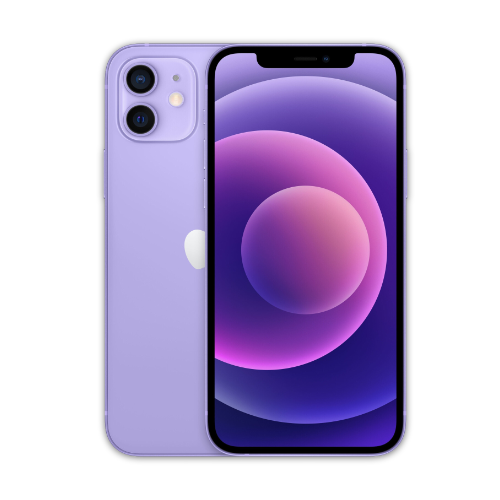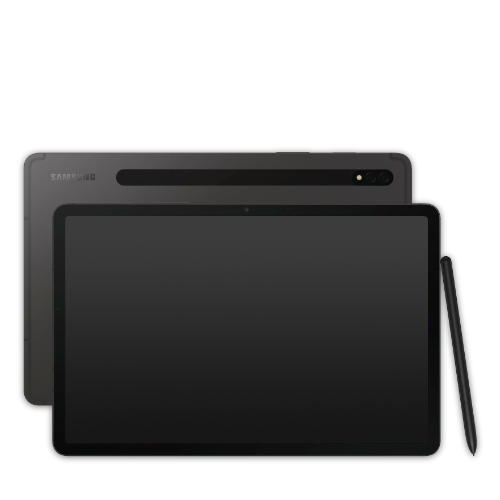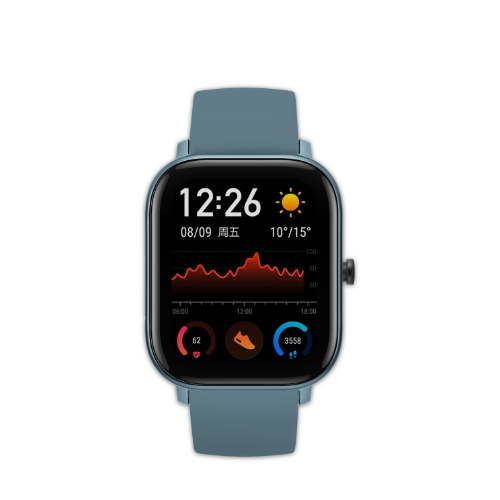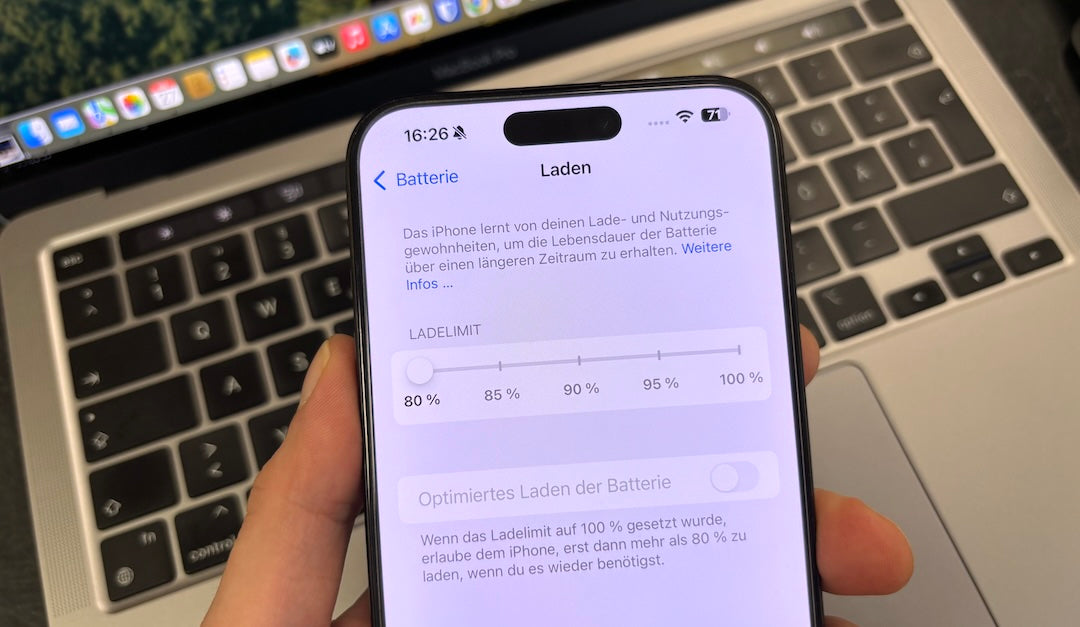The world of technology is facing a significant change. While we have become accustomed to smartphones, smartwatches and VR headsets, the next big revolution is already in the starting blocks: Augmented Reality (AR). With the AR glasses "Orion" from Meta, the company is launching a prototype that offers a first glimpse of the future of computer technology. But what can these glasses really do, what are they good for, and when will we be able to use them in everyday life?
What is "Orion"? An overview of the new AR glasses
Orion is the code name for Meta's first AR glasses, which manage to project digital information directly into the user's field of vision. On the outside, they look like ordinary glasses, but inside they contain highly advanced technology. Mark Zuckerberg, CEO of Meta, describes AR glasses as the "holy grail" that could one day replace our smartphones. But there is still a long way to go before that happens.
The current version of the Orion glasses is not a market-ready product, but rather an impressive prototype that demonstrates the current state of the technology. Meta has not released the AR glasses for sale, but is showing them to selected users to collect feedback and further develop the technology.
What can the Orion AR glasses do? – The technical details
Orion features some impressive technical innovations that show that Meta is focused on developing the next big platform. At its core, Orion is a tiny computer that you wear on your face, but that brings with it some challenges. The hurdles to AR glasses so far have been displays that are either too heavy, too hot, low resolution, or have too small a field of view. Orion stands out in these areas.
The glasses use micro-LED projectors that project graphics onto the lenses, which are made of silicon carbide instead of glass. This material not only allows for greater durability and lightness, but also significantly higher light refraction. This makes it possible to create larger and sharper images that cover more of your field of view. The glasses offer a field of view of 70 degrees - a value that is previously unmatched in the world of AR glasses.
Orion uses a combination of eye and hand tracking, voice control and a so-called "neural bracelet" to control the device. This bracelet uses electromyography (EMG) to interpret the neural signals of your hand gestures and translates them into commands for the glasses. Simply pressing your thumb and index finger together can be used to select an object, for example.
What are AR glasses good for?
Zuckerberg has a clear idea of how people will use AR glasses like Orion in the future: firstly, to communicate with others by embedding digital information - so-called "holograms" - in the real world. Secondly, to interact with artificial intelligence. One example of this is a demo in which the glasses were able to recognize ingredients on a table and put together a smoothie recipe in seconds.
Another example of use is playing 3D games in AR. During his demo, journalist Alex Heath from The Verge was able to play a kind of virtual "Pong" with Mark Zuckerberg, where both could synchronize their glasses and control the paddles using hand tracking.A messenger call with an external person was also demonstrated, which in the future will even have the option of displaying avatars that imitate the user's facial expressions.
Challenges and the path to market readiness
While Orion sounds promising, there are still many challenges. One of the biggest hurdles is the high price. According to Meta, it currently costs around $10,000 to produce a single pair of Orion glasses. The main reason for this is the complex and expensive silicon carbide lenses that Meta originally saw as groundbreaking. Unfortunately, the expected price reduction of the materials has not materialized, so the glasses are currently far above what consumers would be willing to pay.
Another problem is the battery life. Currently, the glasses only last two hours, which is simply not enough for everyday use. In addition, the glasses do not function independently. They have to be connected to a compute puck - a type of wireless processor - and a neural bracelet. If you move more than 3.5 meters away from this puck, the glasses become unusable. Nevertheless, Meta is working on optimizing the hardware and reducing costs.
The influence of AR glasses on the future
Augmented reality has the potential to completely change the way we interact with the digital and physical world. Instead of looking at a display, we could see information right in front of our eyes and interact with digital objects as if they were part of the real world. This could revolutionize everything from video conferencing to gaming to productivity.
The Orion glasses show that it is already technically possible to turn many of these visions into reality. Holograms that are projected into the room, virtual meetings that seem like real meetings, or even the possibility of doing without smartphones altogether - all of this could become reality in the next few years.
The competition for the AR market
Meta is not alone in this market. Apple has also made a foray into the world of AR with its Vision Pro, although the company plans to launch its own AR glasses in a few years. Snap and Google are also working on AR glasses and smart glasses, and it will be interesting to see who ultimately comes out on top.
However, Meta has one key advantage: The company already has experience in VR with its Quest series and has made a name for itself in the development of AR technologies such as the Ray-Ban Meta Smart Glasses. The goal of building its own ecosystem beyond Apple and Google could also help Meta establish itself as a dominant player in this market in the long term.
When can we expect the Orion glasses?
Even though the Orion glasses are currently just an expensive developer tool, Meta is already planning the next version. What was originally intended as the second generation is to be the first market-ready version. These glasses are to come onto the market in the coming years and will be priced at a comparable price to smartphones or laptops. At the same time, Meta is working on a slimmed down version that could be released as early as next year as "Hypernova". These glasses will only have a small display, but can also be controlled with the neural bracelet.
Conclusion: The future is near, but not yet quite tangible
Meta's AR glasses "Orion" are a fascinating look into the future of augmented reality. The technology is impressive, but there are still many hurdles to overcome before AR glasses become suitable for mass use. Nevertheless, Meta shows that we are on the way to a future in which digital and physical worlds merge seamlessly.















